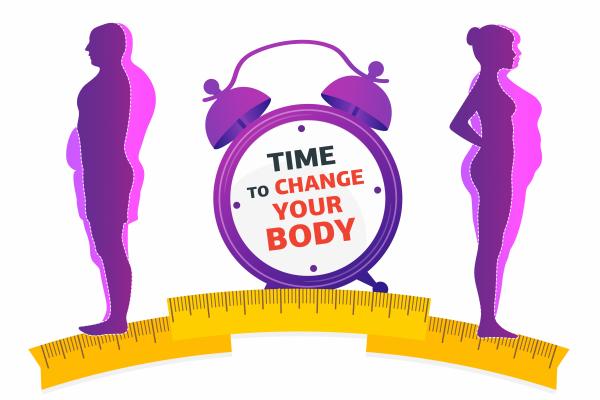Calorie Deficit Is King: Part 2
Posted Jan 24, 2022 at 16:54
Posted Jan 24, 2022 at 16:54

The long awaited (not really) and much anticipated (I doubt) follow up to my previous blog on Calorie Deficits and losing weight. If you haven�t seen Part 1 go and check it out, unlike the Marvel franchise it's not essential but will definitely help.
In Part 1 I debunked a lot of the most common and well known fad diets and trends associated with the world of weight loss. But in this follow up I will be explaining MY preferred methods of weight loss.
As someone who has manipulated his body weight routinely for years to fit certain needs I am no stranger to gaining or losing upwards of 10KG + ( 1 stone and half). The key feature of my methods is a Calorie Deficit, Consuming fewer Calories than my body is burning. I do not have one magical tip or secret, a calorie deficit is the key to ALL successful weight loss methods and my tips and suggestions below help to make that deficit easier to achieve and more importantly maintain.
Tip 1; Reduce the window of time in which you eat. You can call this intermittent fasting. I call it missing breakfast and supper. Logic dictates if you reduce the window you have to eat from 15 hours to 10 hours you should also reduce the total amount of calories consumed in that day. The only caveat to this is your eating behaviours in that window. If you remain sensible and eat the quantities you would normally in those 10 hours you have reduced your total calorie intake. If you squeeze 15 hours worth of food into 10 hours it will not make a difference. An element of common sense should be applied here.
Tip 2; High volume, Low calorie foods.
All foods were not made equally (Lord of the Rings voice). By that I mean, one meal is not the same calories as another meal just because they both fit on the same size plate or take up the same amount of room. Some foods are calorie dense, meaning they have a lot of calories for the size of the food. For example vegetable oil, Peanut butter, Lard, Granola. Per 10grams these foods have a high proportion of calories compared to others. Therefore picking foods that have high volume and low calories means you are consuming more food for fewer calories and therefore getting more bang for your buck. This does involve reading nutrition labels but good places to start are Soups, vegetables, chicken and other naturally occurring foods.
Tip 3; Low fat content.
Again this involves reading labels. But scientifically speaking 1 gram of fat has 9 Calories, significantly higher than Carbs and Protein which each have 4 calories per gram. This again boils down to volume vs calories. Consuming 100 grams of fat per day is 900 Calories, whereas consuming 100 grams of Carbs is 400 calories as is 100 grams of protein. Not to say dietary fat doesn't play a role in our diets. We need roughly 40 grams of fat per day to sustain proper hormonal function, that being said, reducing fat content is a good place to start for most. Low fat alternatives are fantastic. Fat free yogurt, leaner cuts of meat and loss processed or convenience foods. Skimmed milk, adding 15ml to every tea or coffee will really add up over the course of a week. There are 10 calories per brew, of which 50% come from the high fat content. Using skimmed milk saves you 50% of the calories, its literally have the calories. At 5 hot drinks a day, that�s 35 per week and 140 a month. You can cut out 700 calories a month just by changing the milk you drink.
Tip 4; Alcohol is empty calories At 7 calories per gram of alcohol it's the 2nd most expensive behind fat. That not to mention the carbs through sugar or hops you have in drinks like wine, beer or cider. And its quite literally empty calories. They may be enjoyable but they don't fill you up or give you any nutrient value, if anything they make the bag of crisps, tub of chocolates or late night kebab more appealing and your decision making worse. Reducing your alcohol consumption weekly or having a �dry week� or evening month can have a significant effect on your waistline.